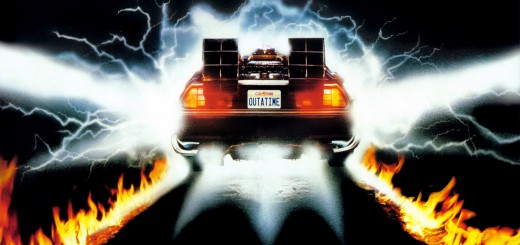Genzod
Banned
- Joined
- Apr 25, 2017
- Messages
- 392
Perhaps one aspect that should be remembered is when a manufacturer will state (hopefully not overstate) maximum lux for a particular flashlight, it is when the battery(s) are fresh and before everything sags performance wise. Or maybe that is not germane to this discussion.
I view lux/range/lumen figures as "for comparison only". For example: Max range theoretical to 0.25 lux. Outputs are peak values after 1 minute run time. I'm aware of the reputation of certain manufacturers who are either not careful or exaggerate their numbers, and I take that into account. For those, I look for a consensus for data among reviewers.
Some manufacturers (a name is not my agenda here) assume the larger fraction of uneducated consumers will not understand these facts. Safe assumption, not a good one. I think it is a mistake for a manufacturer to treat the entire consumer base as "stupid" and potentially malicious. A simple legal disclaimer is sufficient to cover their sacred...well... you know... qualifying that the test data is according to a certain standard and is only for the purpose of comparison, not a measure of the full run time performance, and I think most everyone will get that much except the crankiest of "professional victims".

Last edited:









 :hairpull:
:hairpull: 
